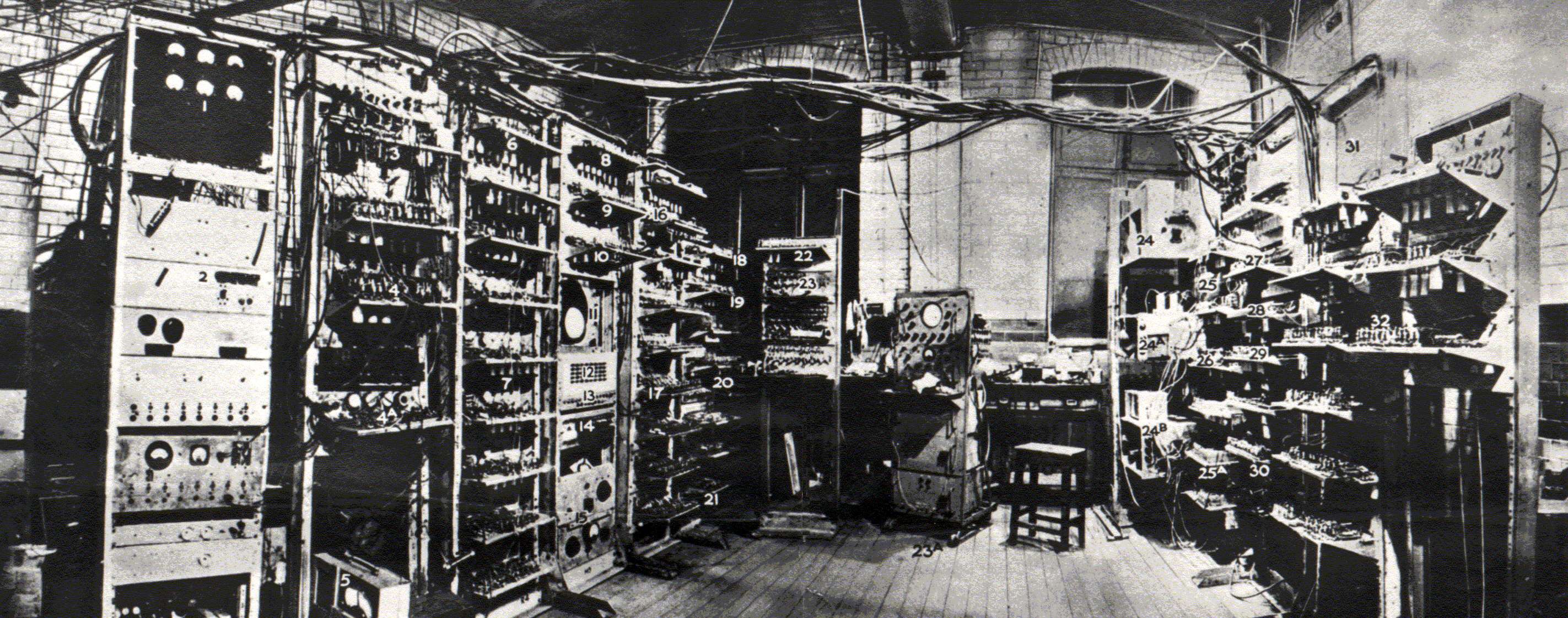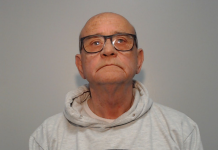“Dear Duck Duck, you are my wistful enchantment” Not a message that will be appearing on any Valentine cards this weekend but over sixty years ago they were the world’s first computer in Manchester’s first attempts at expressing love.
Between August 1953 and May 1954, strange love letters appeared in the laboratories of the University of Manchester as the infamous Ferranti Mark 1 computer grappled with the intricacies of atomic theory, meteorology and early genetic programming.
Their origin amazed the scientists on the project and were the work of Christopher Strachey, who had spent the war years in radar research, after which he spent several years as a schoolmaster. His career in computing did not effectively begin until 1951 when he started to program the machines at the National Physical Laboratory and Manchester University, while still a master at Harrow School.
Arriving in Manchester in 1951, having known Alan Turing from his time at King’s College, he proposed writinga draught’s playing programme which he had come up with two years earlier. Turing liked what he heard and though the draughts programme idea was dropped, he persuaded Strachey to work on another interesting problem to make the machine simulate itself.
The programme, twenty pages long, was punched into the Mark 1. At the time, his naivety was laughed at by the other scientists. However after a couple of errors were fixed, the programme played through and hooted God Save the King on the loudspeaker.
The Manchester University Computer could type out letters at the rate of about one a minute for hours without ever repeating itself. This is considered now the first piece of digital literature, and of digital art, predating by a decade the earliest examples of digital computer art .
Now as part of a new exhibition opening at Manchester Art Gallery, The Imitation Game, artist David Link is using the story to explore the relationship between machine logic and human relationship.
Love letters 1.0 displays a number of the letters on a blackboard, Strachey’s original algorithms of code running on cathode ray tubes and the remains of the original teleprinter used in the printing.
Among the letters on display
DUCK DUCK
YOU ARE MY WISTFUL ENCHANTMENT. MY PASSION CURIOUSLY LONGS FOR YOUR SYMPATHETIC LONGING. MY SYMPATHY PASSIONATELY IS WEDDED TO YOUR EAGER AMBITION. MY PRECIOUS CHARM AVIDLY HUNGERS FOR YOUR COVETOUS ARDOUR. YOU ARE MY EAGER DEVOTION.
YOURS KEENLY
M. U. C.
The acronym M.U.C. stood for “Manchester University Computer”, the earliest electronic, programmable and universal calculating machine worldwide; the fully functional prototype was completed in June 1948 and was based on Williams tubes as means of volatile storage.
The Imitation Game runs from 13th February at Manchester Art Gallery







